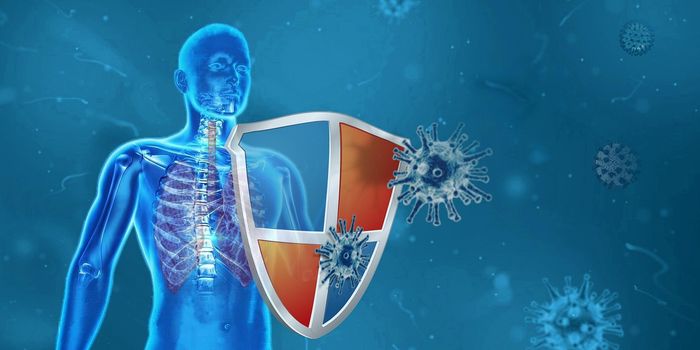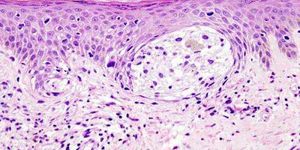Mammals start out as a fertilized egg, and as that cell divides and proliferates into many more new cells, huge molecular changes are occurring. Understanding how thousands of cells grow from one is critical to our knowledge of not only human biology, but many aspects of life, said Jay Shendure, M.D., Ph.D., leader of the Allen Discovery Center at UW Medicine. He is the senior author on a new study in Nature that tracks the development of organs, cell by cell, in a growing mouse. The researchers focused on the genes that were expressed in about two million different cells as they went from blank slates to the specialized cell types of the mouse like the brain, muscles, skin, and stomach.
"We each came from a single cell - not just every human, but every multicellular organism on the planet. These cell lineages result in us becoming functioning organisms, but are also what unites us," said Shendure, who is a Howard Hughes Medical Institute Investigator and a Professor of Genome Sciences at the University of Washington (UW). "Major subsets of the tree of life share this general developmental program."
Many diseases, even those that don’t show up until years or decades later, can start during the developmental period. "Not only developmental diseases, but myriad common diseases of adulthood have some root in processes of development, and we just don't understand those things well enough yet," Shendure explained.
The co-lead author of the work, UW graduate student Junyue Cao developed a way to measure how genes are expressed in single cells in every part of an organism during various stages of development. The researchers used a set of three molecular barcodes to label the genetic output of every cell. Triple labeling allowed the scientists to mix the cells together, capturing gene expression data and tracing it back to individual cells. The technique took almost a year to create, but the two million cells could then be analyzed in less than two weeks.
The researchers assessed gene expression at the single-cell level in 61 mouse embryos of several ages across four days of development. They estimated that they captured data from 80 percent of cells in early embryos and a lot less - three to twenty percent in older embryos.
This approach is different from a common method in biology, where a mutation or disruption is introduced to a gene or molecule and the impacts are then studied.
"That approach only gives you a glimpse into this underlying genetic architecture of development," said a senior study author Cole Trapnell, Ph.D., an Assistant Professor of Genome Sciences at UW and a member of the Allen Discovery Center at UW Medicine. "If you could watch the entire process unfold at incredibly high resolution and then apply sophisticated computer algorithms to organize the data, you might be able to map out much bigger pieces of the genetic program that control development."
The scientists want to continue this work, and potentially track cells in the same animal eventually. This research focused on skeletal muscle formation since those processes in mice and humans have a lot in common.
Sources: Science Daily via Allen Institute, Nature








